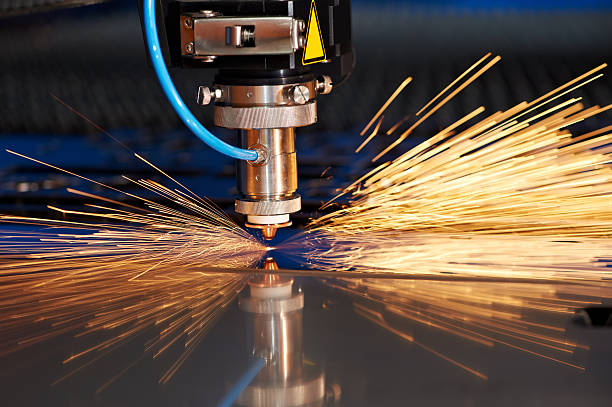Apply Now for High-Demand Travel Nursing Roles Nationwide
If you are a registered nurse seeking both career growth and the chance to explore new locations, travel nursing offers an ideal opportunity. These roles allow healthcare professionals to gain diverse experience while enjoying flexible schedules and competitive pay. Travel nursing positions are in high demand across the country, making it easier for qualified nurses to find assignments that match their skills and preferences. With a variety of short-term and long-term contracts, nurses can choose opportunities that fit their personal and professional goals.
Why Choose Travel Nursing
Travel nursing provides unique advantages for those looking to advance their careers while maintaining flexibility:

- Higher Earning Potential: Many travel nursing roles offer pay rates above standard nursing positions.
- Variety of Work Environments: Gain experience in hospitals, clinics, and specialized units across different regions.
- Flexible Scheduling: Contracts typically range from 8 to 26 weeks, allowing nurses to take breaks or pursue new opportunities.
- Professional Growth: Exposure to different healthcare systems and patient populations enhances skills and confidence.
- Networking Opportunities: Work alongside diverse teams and expand professional connections nationwide.
Requirements for Travel Nursing Roles
Most high-demand travel nursing positions require:
- A valid nursing license in the state of assignment
- Relevant clinical experience in the chosen specialty
- Strong adaptability and communication skills
- Up-to-date certifications, such as BLS or ACLS, depending on the unit
Meeting these requirements ensures nurses are prepared for fast-paced, travel nursing jobs high-responsibility roles that are often critical to patient care.
How to Apply
Applying for travel nursing positions is straightforward. Follow these steps to get started:
- Update Your Resume: Highlight clinical experience, certifications, and any specialized skills.
- Prepare References: Have supervisors or colleagues ready to provide professional recommendations.
- Identify Desired Locations and Specialties: Knowing where and in which units you prefer to work helps match you with suitable assignments.
- Submit Applications: Apply to multiple roles to increase chances of placement.
- Complete Required Paperwork: Licensing verification, health records, and background checks are standard procedures.
Tips for Success
- Remain flexible with locations and contract lengths to secure high-demand assignments.
- Keep certifications current and pursue additional training if possible.
- Build strong relationships with healthcare teams during each assignment for future opportunities.
- Stay organized with documents and deadlines to avoid delays in placement.
Conclusion
Travel nursing opens doors to new experiences, higher earnings, and professional growth. With nationwide demand for skilled nurses, qualified professionals can easily find roles that fit their goals and lifestyle. By preparing your credentials, staying flexible, and applying proactively, you can secure rewarding assignments across the country. Start your journey today and take advantage of the opportunities that travel nursing offers.






